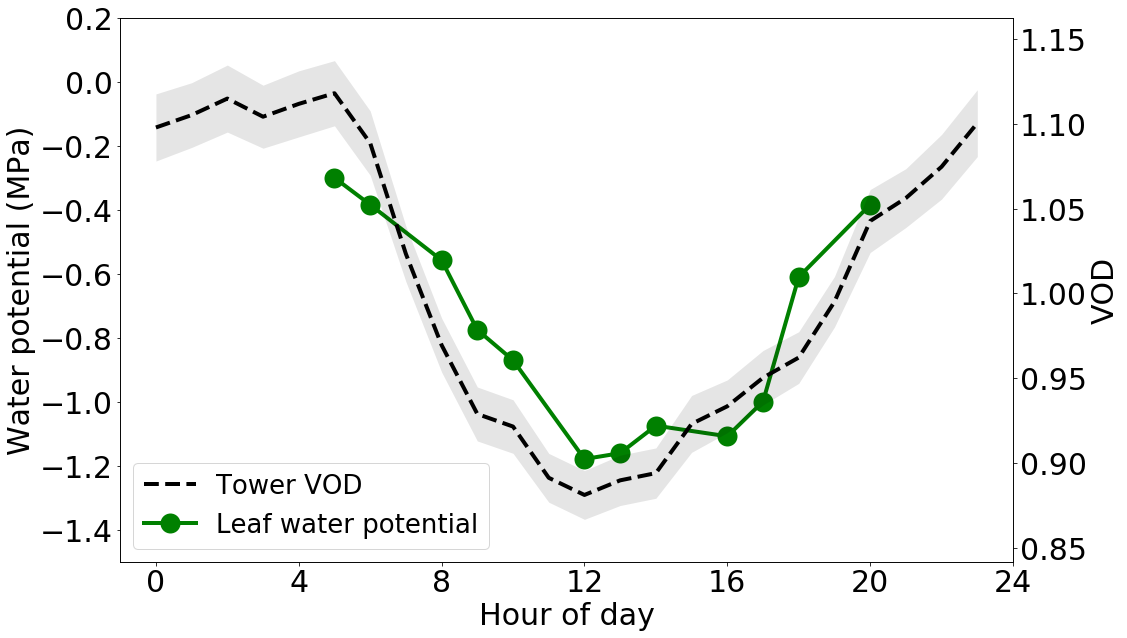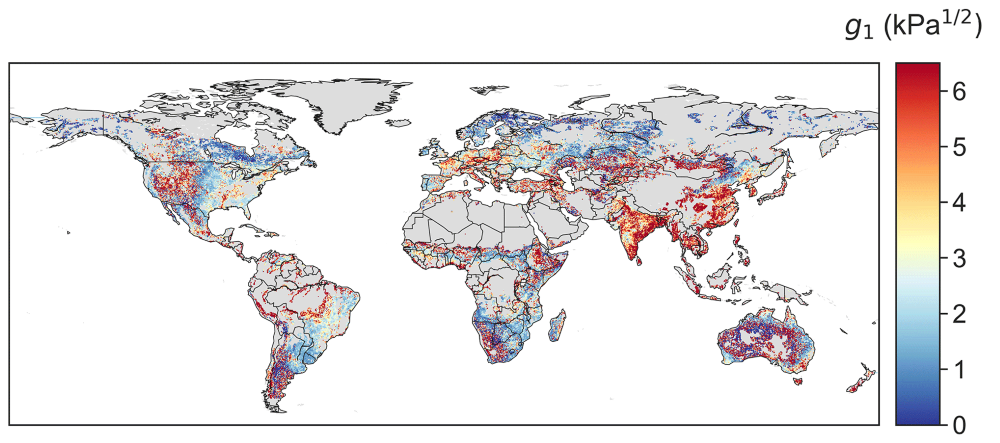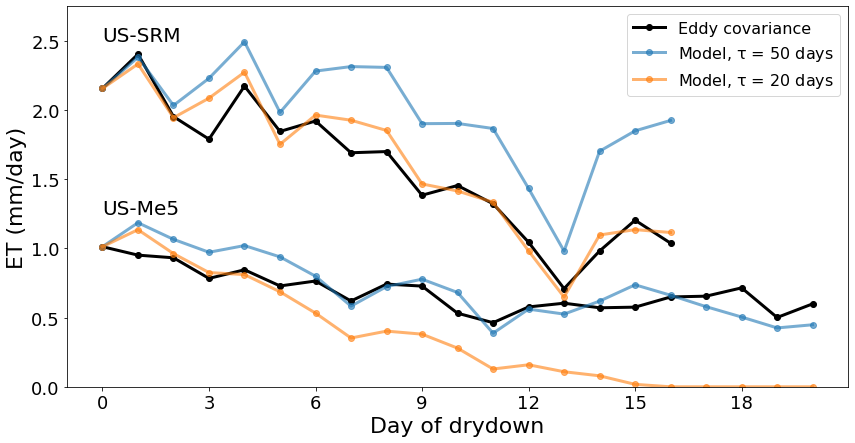Page Not Found
Page not found. Your pixels are in another canvas.
A list of all the posts and pages found on the site. For you robots out there is an XML version available for digesting as well.
Page not found. Your pixels are in another canvas.
About me
This is a page not in th emain menu
Published:
This post will show up by default. To disable scheduling of future posts, edit config.yml and set future: false.
Published:
This is a sample blog post. Lorem ipsum I can’t remember the rest of lorem ipsum and don’t have an internet connection right now. Testing testing testing this blog post. Blog posts are cool.
Published:
This is a sample blog post. Lorem ipsum I can’t remember the rest of lorem ipsum and don’t have an internet connection right now. Testing testing testing this blog post. Blog posts are cool.
Published:
This is a sample blog post. Lorem ipsum I can’t remember the rest of lorem ipsum and don’t have an internet connection right now. Testing testing testing this blog post. Blog posts are cool.
Published:
This is a sample blog post. Lorem ipsum I can’t remember the rest of lorem ipsum and don’t have an internet connection right now. Testing testing testing this blog post. Blog posts are cool.
We measured microwave vegetation optical depth with a tower-mounted radiometer at Harvard Forest, while also measuring plant water potential within the radiometer field of view. The VOD and water potential displayed similar diurnal cycles. 
Short description of portfolio item number 2 
Published in Journal of Advances in Modeling Earth Systems, 2020
Published in Geophysical Research Letters, 2020
Published in Biogeosciences, 2021
Published in Hydrology and Earth System Science, 2021
Published in Geophysical Research Letters, 2021
Published in Global Change Biology, 2021
Published in Journal of Water Resources Planning and Management, 2022
Published in Water Resources Research, 2023
Published in Geophysical Research Letters, 2024
Published in AGU Advances, 2024
It’s difficult to validate the use of satellite observations of vegetation optical depth (VOD) to remotely sense vegetation water content, because of the large pixel size of microwave satellite data relative to ground truth data. We circumvented this scaling issue by using a microwave radiometer on top of a 90-foot tower looking down directly at a patch of forest, so its field of view was small enough to be homogeneous. VOD and leaf water potential displayed similarly shaped diurnal and seasonal patterns. This work was conducted at Harvard Forest with many collaborators including Alexandre Roy (U. Quebec Trois-Rivieres), Andreas Colliander (JPL), and Leander Anderegg (UCSB).  Diurnal cycles of leaf water potential and VOD
Diurnal cycles of leaf water potential and VOD
Plant hydraulic traits are being included in current land surface models, but the values of those traits at different places are largely unknown. With Alexandra Konings (Stanford) and Yanlan Liu (Ohio State), I combined a simple plant hydraulic model with observations from the AMSR series of satellites to estimate values of several plant traits around the world. We found that the spatial distribution of trait values does not correspond well to commonly used classifications of plant functional types.  Map of model-data-fusion-based estimates of Medlyn’s g1, a parameter related to stomatal opening
Map of model-data-fusion-based estimates of Medlyn’s g1, a parameter related to stomatal opening
To understand future climate impacts on water storage and hydropower in California’s large system of reservoirs, it is necessary to downscale climate predictions from global models. Working with Tamlin Pavelsky at UNC-Chapel Hill, I studied how to best configure a commonly used regional climate model and land surface model (WRF and Noah-MP) to produce realistic outputs of runoff into California reservoirs. An interactive visualization of this work is available here. I have also worked with engineering researchers (Jon Herman at UC Davis) to study how biases in downscaled runoff are amplified when the model runoff is used in models of reservoir operations.
Stomatal optimality models are popular tools for predicting how plants adjust their water use in response to drought, but they typically make the unrealistic simplifying assumption that plants optimize a reward function at each instant independently. By developing a new model that integrates water use and photosynthesis over time, we can quantify the time horizon over which plants in different ecosystems conserve water. This work was a collaboration with Xue Feng’s lab at the University of Minnesota. 
Examples of stomatal optimality model predictions at two FLUXNET sites, with different values of the water saving time scale parameter (tau)
Published:
Published:
Published:
Published:
Graduate course, Stanford University, Department of Earth System Science, 2020
I was the Teaching Assistant for “Remote Sensing of Hydrology” in Spring 2020, with Prof. Alexandra Konings as the instructor.
Undergraduate course, Stanford University, Department of Geophysics, 2022
I was one of two Teaching Assistants for “The Water Course” in Winter 2022, with Prof. Rosemary Knight as the instructor. This project-based course introduces students to current issues in water resources within the Central Valley of California.